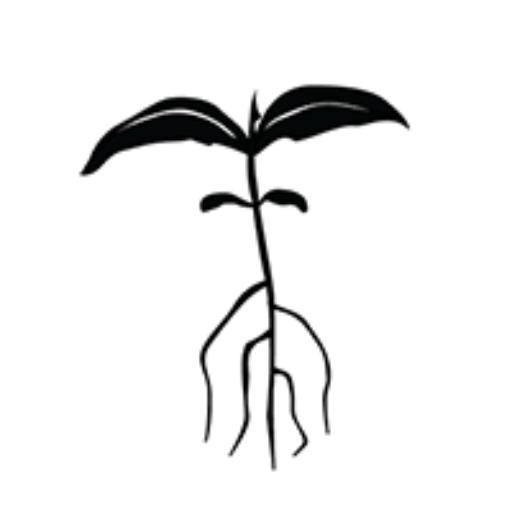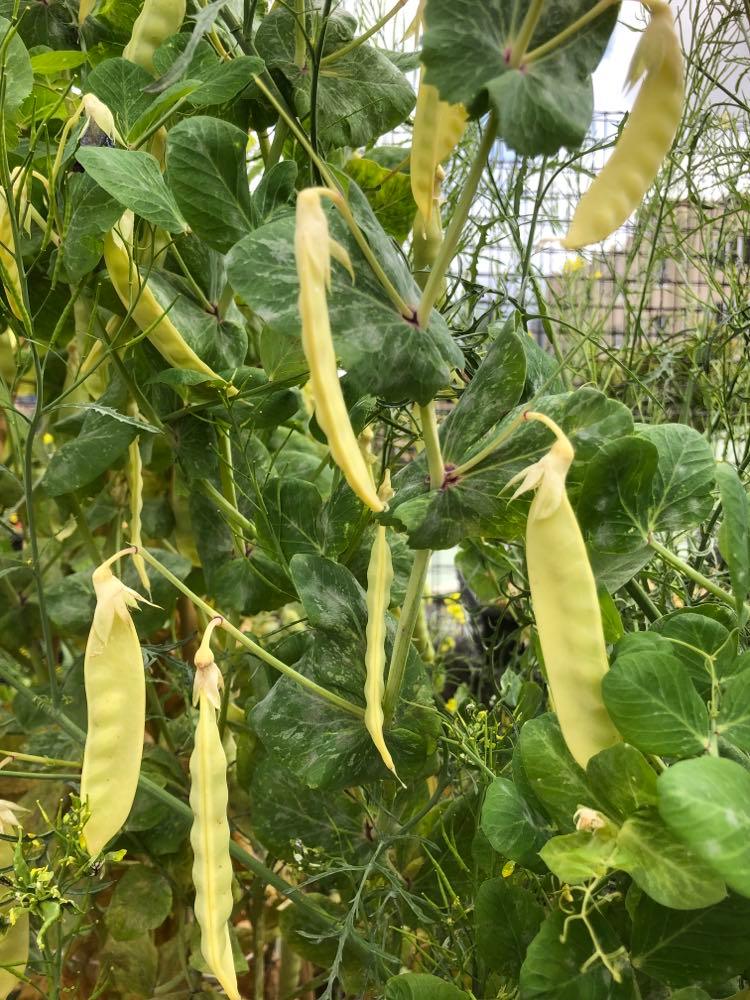
Quick and Easy Pea Seed Saving
Botanical name (Genus species): Pisum sativumAlso known as: Snow peas, snap peas, podding peas, shelling peas, dwarf or bush peas, climbing peas. Planting: What do we need to know before planting for seed production? Pollination method: Peas are self-pollinating. Their flowers never open. This means you don’t have to do anything to…
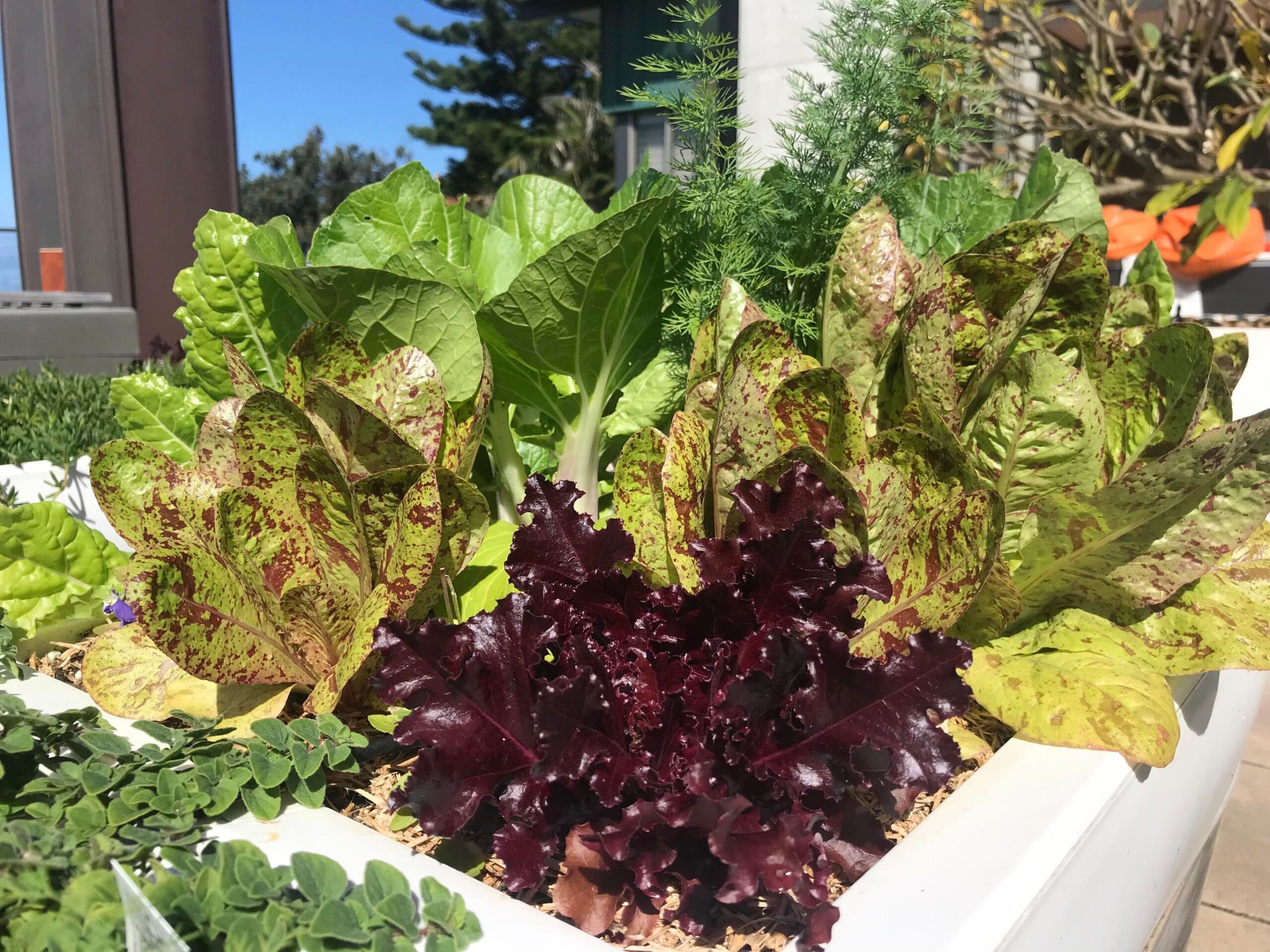
Quick and Easy Lettuce Seed Saving
Botanical name (Genus species): Lactuca sativa Planting: What do we need to know before planting for seed production? Pollination method: Lettuce is self-pollinating so we don’t need to do anything to ensure that the seed produced will be true-to-type. Isolation distance: Try to keep flowering lettuces at least 2m or far enough that…
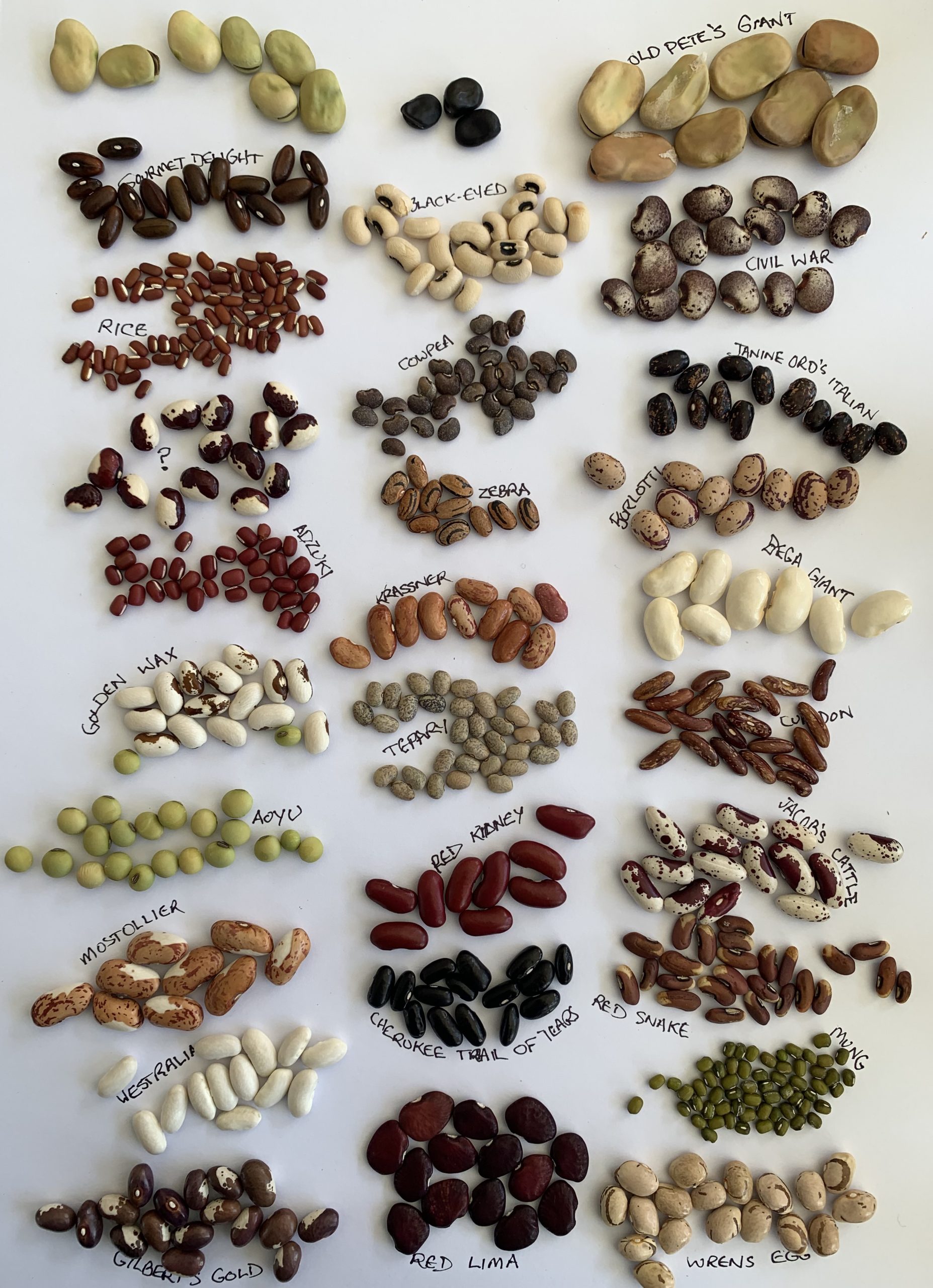
Quick and Easy Bean Seed Saving
Botanical name: Phaseolus species; Vicia species; Vigna species; Glycine species. Also known as: French beans, climbing beans, bush or dwarf beans; Runner beans; Tepary beans; Lima beans; Snake or yardlong beans; Cowpeas or Black-eyed beans/peas; Adzuki beans; Mung beans; Soybeans and Broadbeans. Planting: What do we need to know before planting for seed production? Before we start we need…
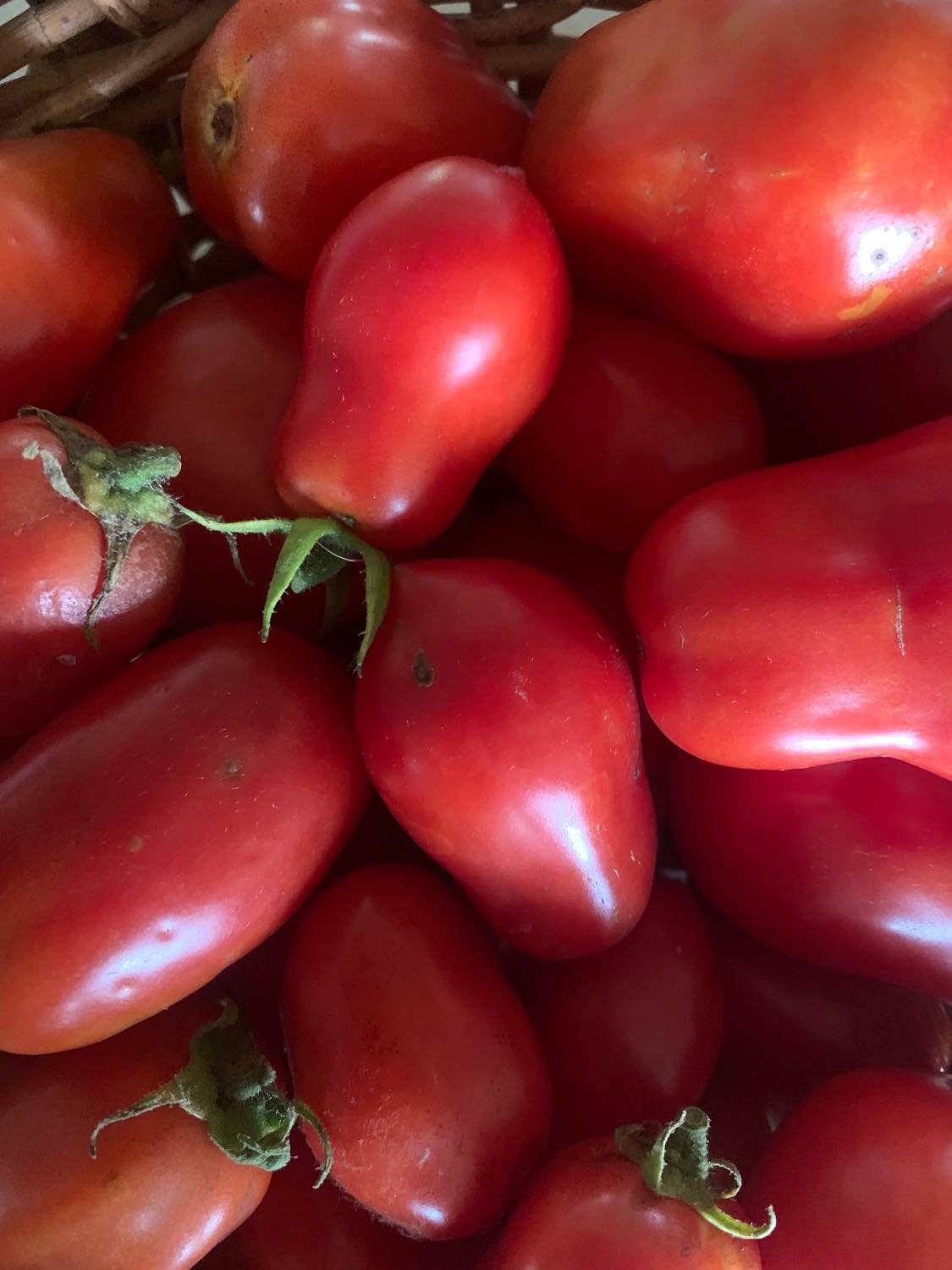
Quick and Easy Tomato Seed Saving
Botanical name (Genus species): Solanum lycopersicum Planting: What do we need to know before planting for seed production? Generally you don’t need to think too much before planting tomatoes for seed production. Just choose a variety that you like and that suits your region. Just remember, for seed saving, seeds must…
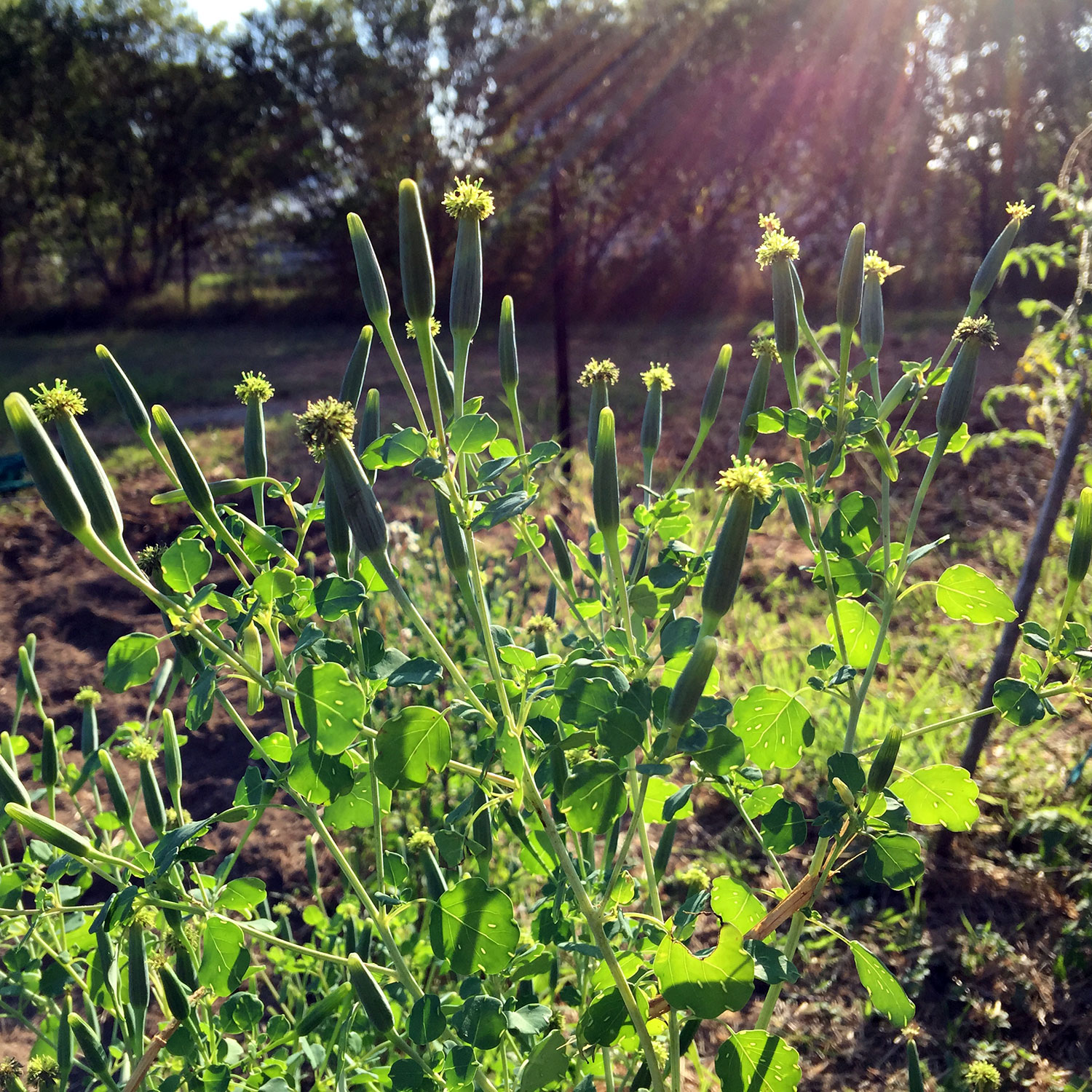
Seed Germination and Light
Many seeds require changes in light levels to start their internal germination chemical processes. This frequently happens when soil is moved around or over shadowing plants die back during cold periods or even fires – or for example are exposed by being washed down a river and landing on a…
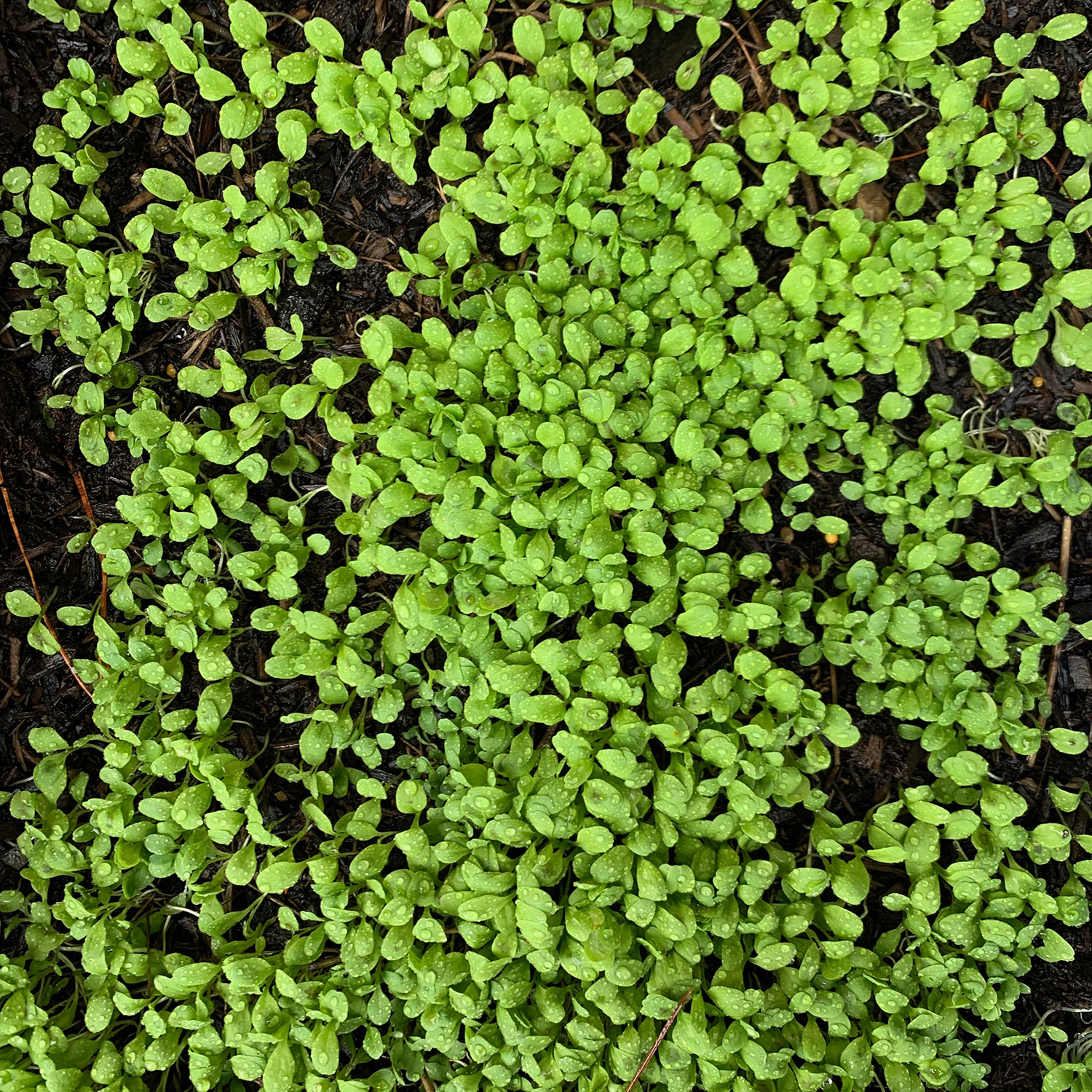
Seed Germination temperatures
This is a general collection of germination temperatures collated and compared from a range of sources including books and online references. It covers some of the more common plants grown in home gardens. Accuracy is highly variable based on a range of factors such as light levels, what sort of…
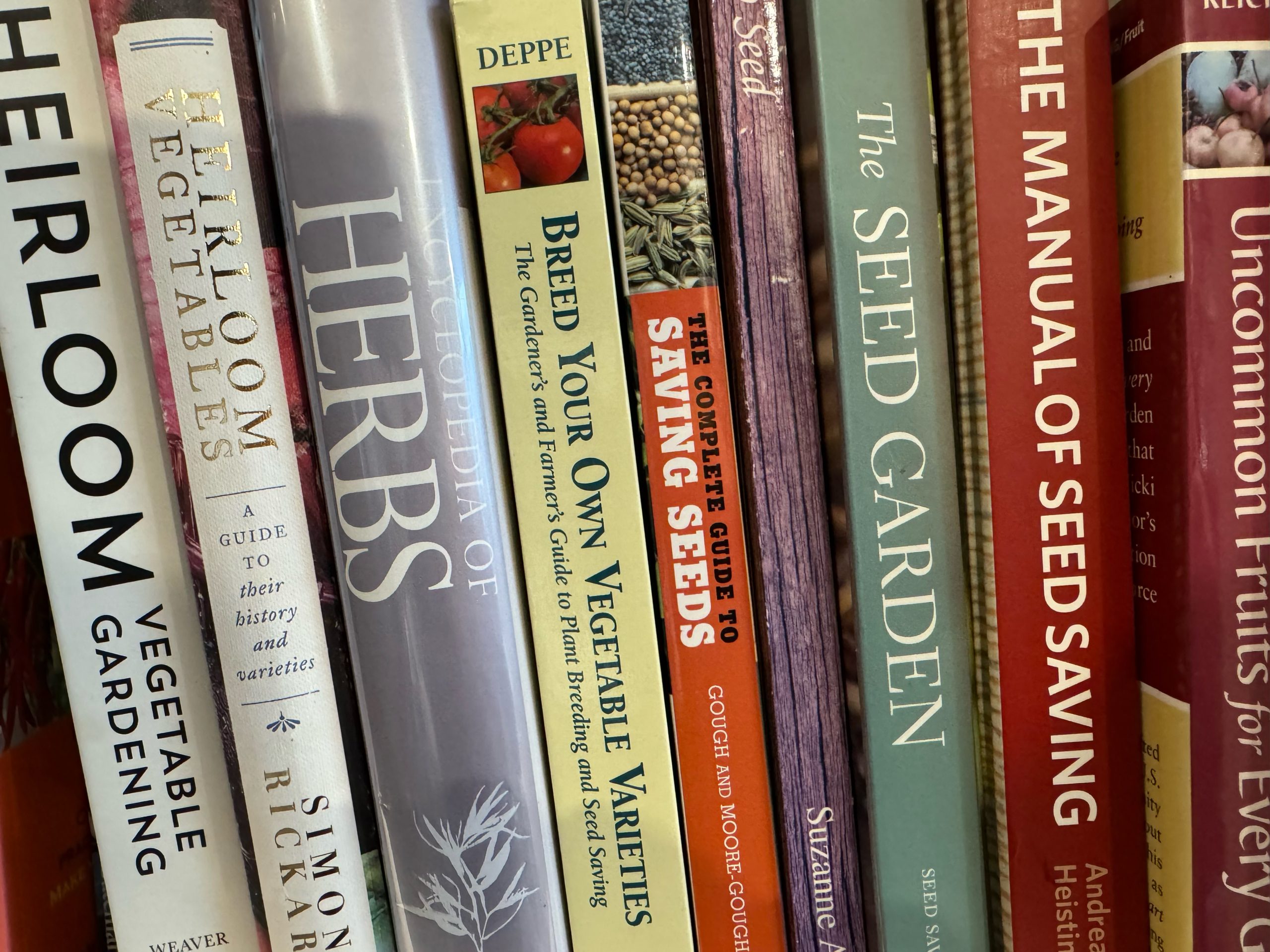
Reference and resources
Seed Saving and sharing information about seeds and growing plants is not a new thing – it is deeply part of Human history. There are many ways to get information about seed saving. This may include books, research papers, podcasts, web searches and just talking to other people about the…

Urban seed saving
All across our suburbs and cities people are growing food in backyards and community gardens. Urban agriculture is an increasingly popular phenomenon and aside from helping with food security and environmental protection by reducing food miles and helping us feed ourselves, growing food where we live means we can have…

Beginning in the Tropics
Beginning in the tropics when it comes to growing food and saving seeds, can bevery different for some people, especially when they have moved here from downsouth when colder climates dictate what is best to grow and what isn’t. The first thing I notice with new arrivals, is they want…
What is Seed Saving?
Seed saving is the practices and culture of selecting, harvesting, cleaning and storing seed for planting in future seasons. It is a millenia-old partnership between people and plants which is an essential part of agriculture. By selecting, harvesting and replanting seeds from plants with desirable characteristics (true to variety, taste,…
Botany for Seed Savers
To be successful seed savers it can be helpful to know some basics of plant botany. In order to ensure that the collected seed will produce true-to-type offspring we first need to make sure we know what plant we are dealing with and then understand the reproductive mechanism used by…
How to contribute to these guides
We are keen for lots of people to contribute their expertise and experience to these quides. We’re intending to cover a lot of ground – species, geographical locations, climate differences. Australia is a big country and we have a very wide variety of foods that we grow as well as…
Why save seeds?
Before the relatively recent advent of commercial seed production and distribution, farmers and growers freely saved and then shared or traded seeds from their crops with each other from season to season. These practices help to ensure the viability of seed stocks by promoting biodiversity, to preserve landrace varieties and…
How to use these guides
These seed saving guides are written by and for Australian seed savers. The creation of these guides is a long term process. If you can’t find the information you are looking for it may not have been written yet. Please ask on the forum and the other members of the…
